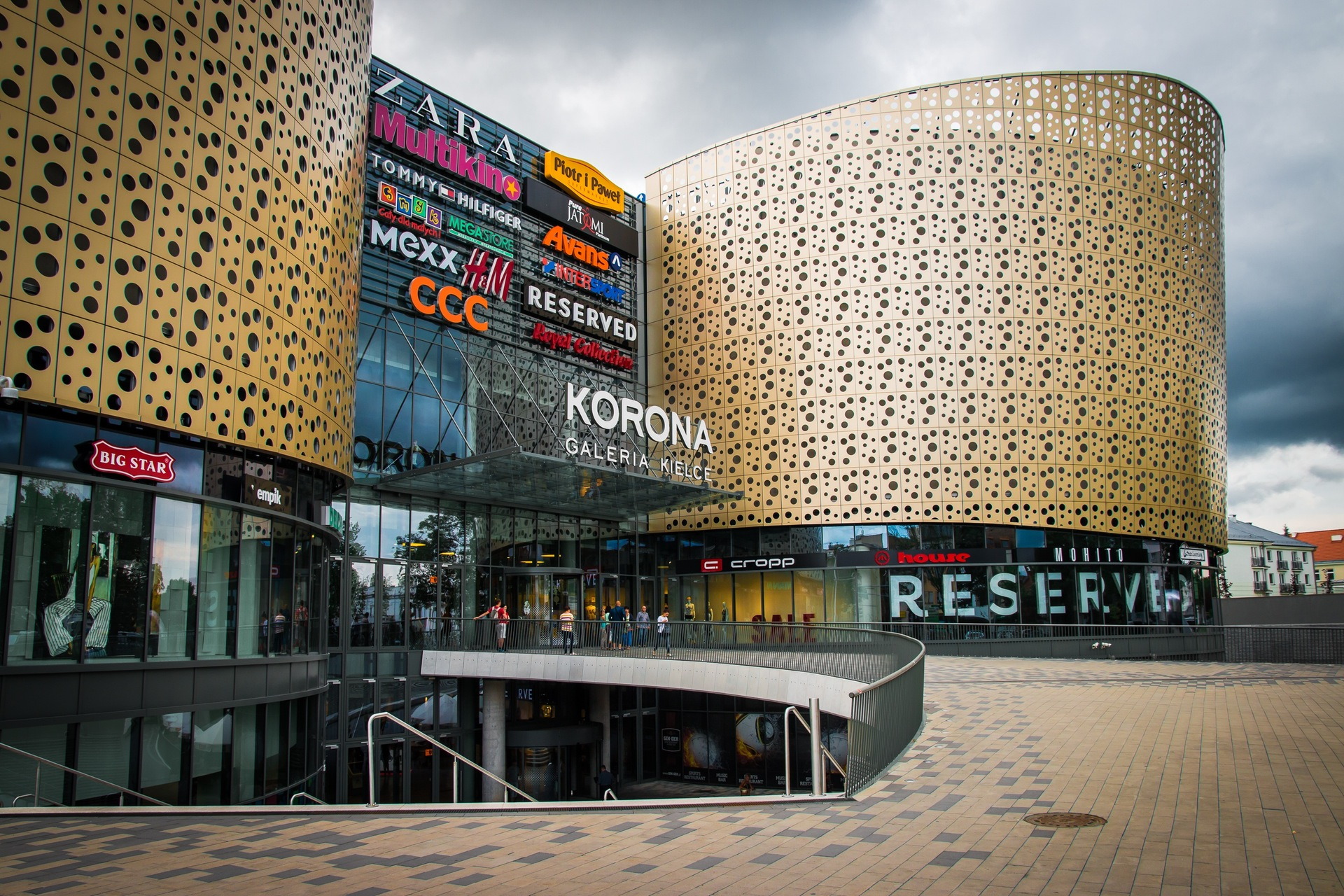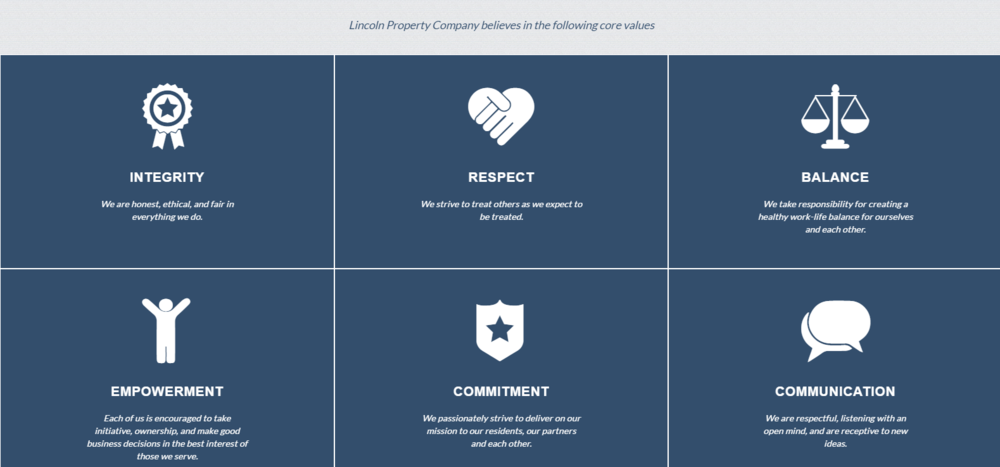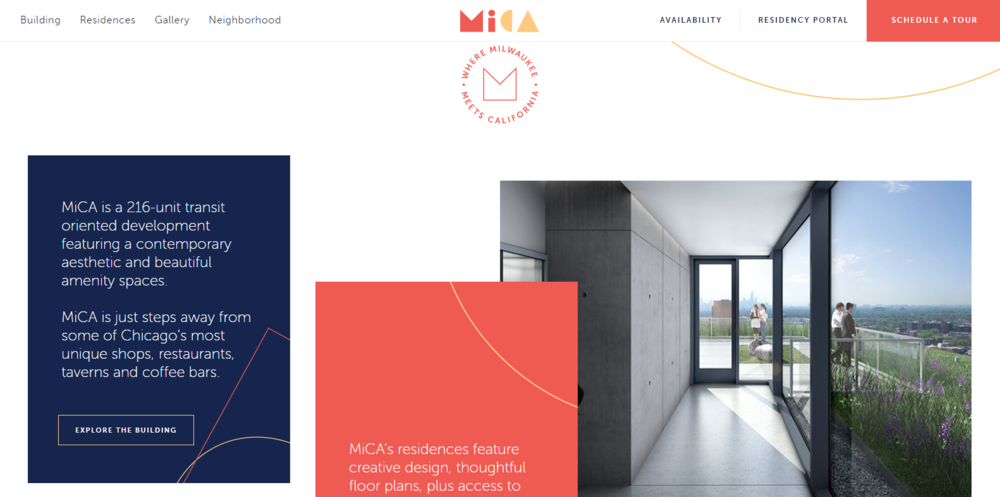
As apartment marketers, a lot of emphasis gets put on conveying why renters should choose your communities over the competition. That usually consists of highlighting all the different features and amenities of the apartment. However, there’s another piece of the puzzle that often gets overlooked—branding.
What does your branding say about your community?

In addition to helping people recognize you, here are some stats that prove the importance of branding:
So as you can see, building a brand that renters trust is vital to the long-term success of your company. But how do you build a brand that people will connect with? Read on to find out.
When most companies think of branding, the first thought that pops into their mind is a logo. While logos are a great way to help people recognize you, they’re only a small piece of branding. Don’t make the mistake of thinking branding and logos are the same thing.
Here’s a brief look at the difference between a logo and your brand.
The problem is a lot of companies (not just in the multifamily industry) focus heavily on their logo, but never even think about their actual brand.
We’re not saying that you should treat your logo as an afterthought, but you should put more emphasis on what your brand is and what you stand for. Your logo will serve as a visual representation of that.
A great example of the difference between branding and a logo is Apple. Their brand revolves around simplicity. From their products to their stores and messaging, everything about Apple exudes their message of making technology simple. And that carries over to their logo, which is just, well, an apple.
The logo reflects the brand, and the brand is evident within the logo.
One thing you’ll notice about some of the most iconic brands is they have an “it” factor that separates them from the competition.
Don’t worry if you don’t have an “it” factor for your apartment community right now. You’re not alone. As we mentioned, many apartment communities and property management companies don’t exactly prioritize branding.
That’s actually a good thing for you because it gives you plenty of opportunities to stand out.
When thinking about what makes your apartment community special, go beyond the basics of affordability and a friendly staff. Think about the thing that makes you different. For instance:
Make a list of the top qualities that differentiate your communities from everyone else. These qualities will be the basis of who your brand is.
Another helpful first step to create your brand is to come up with a tagline or mission statement. Being able to clearly and succinctly articulate your brand in one sentence or even a few words is the mark of great branding.
For instance, Nike’s slogan “Just Do It” captures everything the company stands for in just three words.
You might not come up with a tagline as iconic as Nike, but the idea is to convey your brand’s message as clearly as possible. Let’s take a look at a real life example of a community with an effective tagline.
The Towers on Franklin uses the phrase “Live How You Want at Towers on Franklin” on the home page.

The apartments are near a college campus and their brand is all about giving renters (typically people who have just moved out from home) their own space. So not only does the slogan fit the brand, but it also appeals to the emotions their target renters.
Now you should have a good foundation for what your brand is all about. But how do you showcase and build out your apartment’s brand? Here are some tips to help you get started:
The best place to make your brand known is the internet. But you have to choose and build the right platforms to do it. Start with your website and social media.
Your branding should be evident throughout your website. Everything from the colors you choose to your copywriting should illustrate your brand. On top of the more sales-oriented pages on your site, don’t forget to use your blog for branding as well.
In addition to attracting new renters, your blog can help you convey your brand as well.
For instance, if your brand is all about sustainability and being green, you could blog about eco-friendly apartment living tips. Or if you’re a luxury brand, you could feature content about the latest gadgets for apartments.
Lincoln Property Company does an excellent job making their branding evident throughout their website. And they even display their core values on the about page.

Need help using your blog to showcase your brand? Check out our blogging and content marketing services.
One of the worst things you can do for your brand is to try to appeal to everyone. It’s impossible to be please to every type of renter, and you’ll end up sending mixed messages as a result.
Instead, figure out what your brand stands for and who your target market is, and build on that. For instance, MiCA is a trendy apartment building in Chicago that caters to modern contemporary renters.

Their website and branding probably isn’t very appealing for a large family. But that’s OK. They understand what their brand is and focus on reaching people that are aligned with that.
Consumers crave authenticity, particularly the renters of tomorrow. In fact, 80% of consumers said “authenticity of content” is the most influential factor in their decision to follow a brand.
Part of being authentic is consistency. If your website, Twitter and Instagram page are all putting out different messages, it makes your brand as a whole look inauthentic.
To avoid sending mixed messages, follow these tips:
If customers feel you’re being inauthentic, they won’t hesitate to head over to a competitor. Keep your messaging consistent.
The companies you do business with says a lot about your brand. In today’s society, consumers are very hesitant to buy from companies that partner with organizations they have issues with.
It’s kind of like you’re guilty by association. Even if your company doesn’t agree with what one of your partners does, working with them gives the perception that you do.
For instance, following the Dakota Access Pipeline incident, there was a large movement for consumers to divest their money from companies that supported or worked with the organization.
So before you agree to partner up with any company or organization, do your homework to ensure their values align with your brand. Otherwise, it could cause a PR nightmare and push potential renters away.
While your brand is important, realize that it can be an evolving process to narrow down. Many brands iterate several times while trying to pinpoint what their brand identity is.
Don’t feel like you need to have your brand figured out 100% before you can get started with social media, blogging or even setting up a website. The important thing is to get started. Even if it’s something as simple as getting your logo or writing out your mission statement, those actions can be the building blocks for the rest of your brand.
Let your brand grow and evolve naturally.

San Diego, CA
600 B St.
San Diego, CA 92101

Austin, TX
600 Congress Ave.
Austin TX 78701

Washington, DC
1875 Connecticut Ave NW
Washington, DC 20009
Copyright © 2024 AM Digital, LLC Terms of Service Privacy Policy
Street Address
City, ST 00000
Call us: 1-800-COMPANY
(800-000-0000)